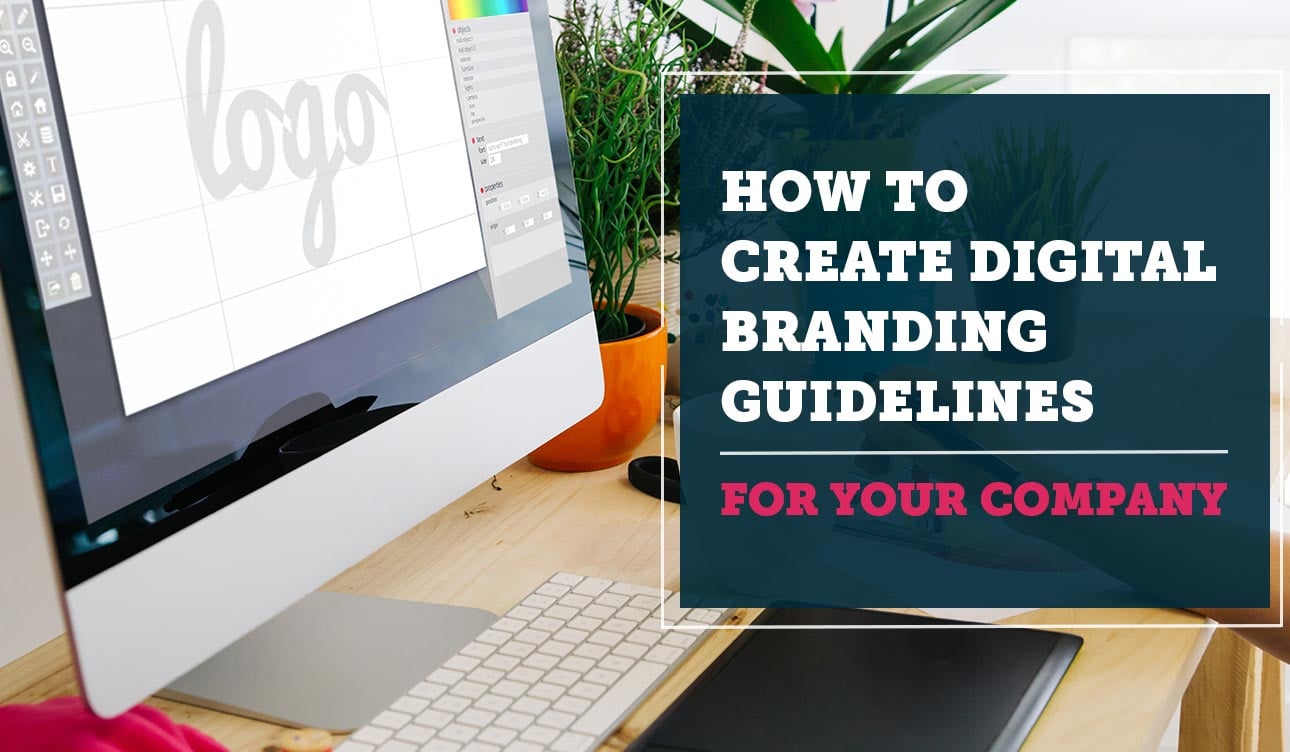How to Create Digital Branding Guidelines for Your Company
December 17, 2018

 Think of the retail chain Target. Target has developed a successful branding strategy. Its signature red and white colors and miniature bull terrier mascot, Bullseye, are instantly recognizable. All Target’s print, digital, and television promotions have a consistently whimsical look and feel.
Think of the retail chain Target. Target has developed a successful branding strategy. Its signature red and white colors and miniature bull terrier mascot, Bullseye, are instantly recognizable. All Target’s print, digital, and television promotions have a consistently whimsical look and feel.Branding is an intangible way of differentiating your company, but it has value. According to Statista, Google is the most valuable brand in North America, with a brand value of more than $302 billion. Google uses its distinctive logo to interact with its audience through Google Doodles.
Like these high-profile companies, your business can create a strong brand identity and add value by establishing digital branding guidelines.
Getting Started
Whether you are rebranding your company or setting up branding guidelines for the first time, start with brand identity. Set the stage by defining the essence of your brand. What is your brand personality?Create a brand mission statement. What are your core brand values? What does your brand seek to accomplish beyond making money? These ideals are going to shape the way you choose to brand your company. The brand mission ties together your company’s vision and long-term strategy.
Part of your brand mission is to build a customer base. Before you compile your brand guidelines, define your target audience. Who is your ideal customer? Understanding your customer will help you build brand characteristics that appeal to your audience.
To better understand and define your brand personality, list a series of adjectives that describe your company. Is your brand casual, professional, quirky, or irreverent? These characteristics will help establish the tone of your brand guidelines.
Key Brand Elements
Brand guidelines need to be established for the key elements of any digital content. The key elements of your branding are:- Logo: Your logo is a quick way of branding every piece of marketing content you produce. Branding guidelines should define correct and incorrect examples of how to use the logo. Guidelines should specify the logo’s correct dimensions and how much white space needs to appear around the logo.
- Typography: Specify what fonts should be used in any company materials. Font options need to be chosen for headlines and body copy.
- Colors: Choose colors that will make your brand easy to identify. These colors should include primary and secondary colors for contrast and accents.
- Iconography: Icons are a great way to convey complex information quickly. Design a family of icons that can be used to highlight topics or illustrate statistics.
- Imagery: Customers retain visual information longer, compared to text. Find images that evoke the mission and personality of your brand.
- Voice: All your content should have a consistent voice. Decide on the appropriate tone and diction for your messaging.
Get Everyone On Board
Once you have established your brand guidelines, you need to ensure that everyone who creates content for your company knows and understands them.All members of your design, development, and copy teams should have access to your brand guidelines. The guidelines can be published on the company intranet, making them accessible to everyone at your organization. When working with an outside partner for marketing, send your brand guidelines to the marketing team.
Digital Branding
Failing to develop branding guidelines can be a costly mistake. Demand Metric found that inconsistent branding decreases a company’s potential revenue by 11%.
Maintaining consistency in digital branding can be challenging because your company needs to promote itself across channels. Your brand should be consistent and recognizable whether you are creating online ads or posting content on social media.
At TSL Marketing, we work with our clients to develop and reinforce branding guidelines that help them stand out. Our designers create style boards that include colors, fonts, icons, and images that bring your company’s brand alive.
Make a website refresh part of your branding strategy. Get valuable tips by reading TSL’s Guide to Agile Marketing.
Comments